Brianna Bodley, 6, undergoes ‘life-saving surgery’ that sees doctors disconnect HALF HER BRAIN to save her from a disease that impacts 500 kids a year
A 6-year-old California girl with an incredibly rare disease had half her brain disconnected by doctors in what experts are calling a ‘life-changing surgery’.
Brianna Bodley, 6, recently underwent a ten-hour surgery at Loma Linda University Health to treat her Rasmussen’s Encephalitis — an inflammatory disease that affects only 500 children in the United States each year.
Brianna used to experience daily seizures, paralysis, and learning difficulties before using anti-seizure medications and steroids.
Through surgery, her medical team – including neurosurgeon Dr. Aaron Robison – however, gave the girl a new life – one with only half her brain at work.
“Brianna will still be the same person even after disconnecting half of her brain,” Robison saidwhich explains how the inflammation previously caused brain shrinkage.
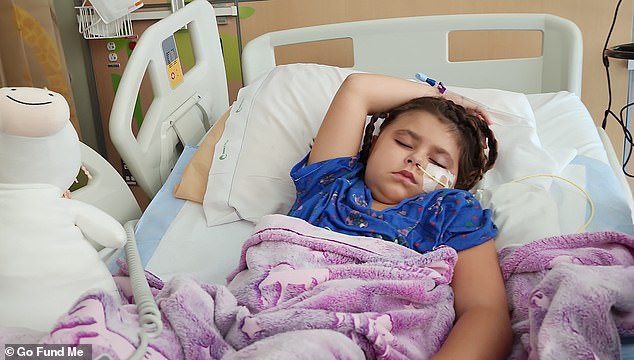
Brianna Bodley, 6, had half her brain disconnected by doctors in what experts are calling a ‘life-changing operation’ to treat her Rasmussen’s Encephalitis
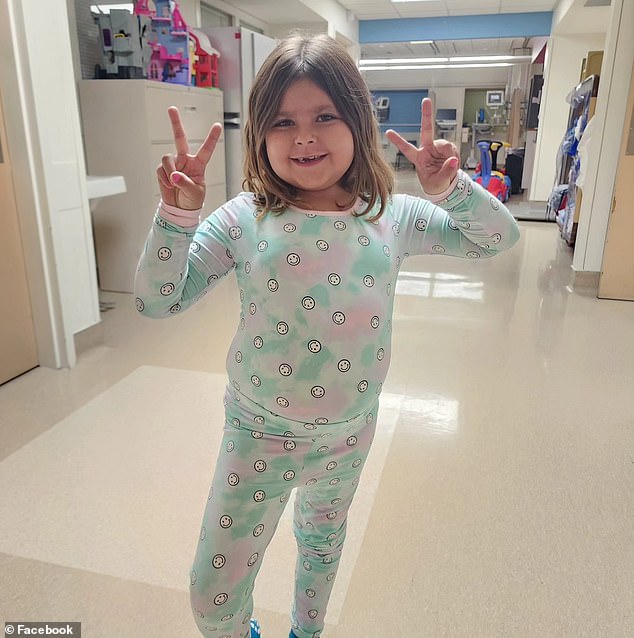
Brianna is on her way back to a normal life after the ten hour operation
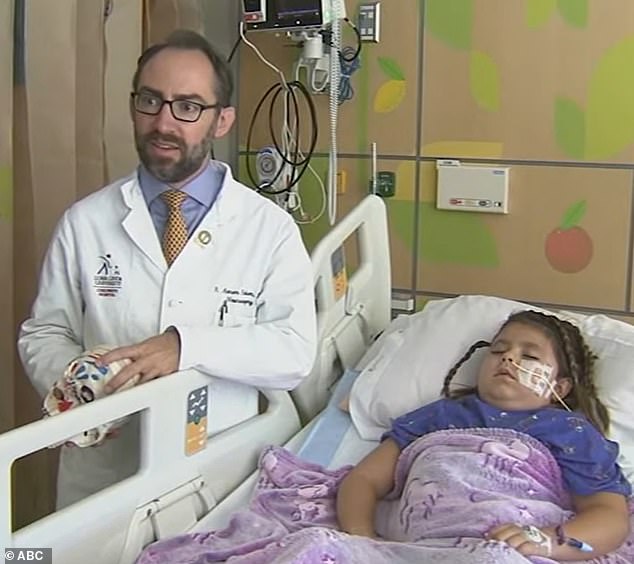
Through surgery, Brianna’s medical team—including neurosurgeon Dr. Aaron Robison (pictured) – the girl given a new life – one with only half her brain at work
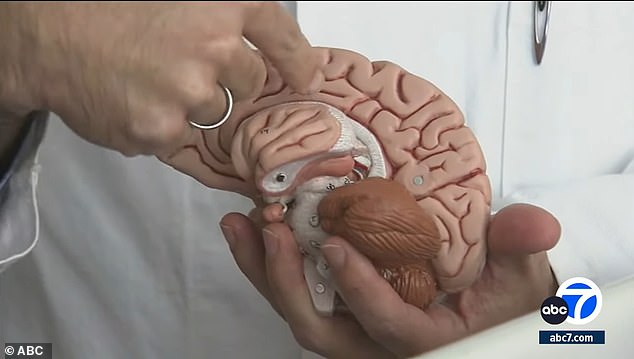
Robison demonstrates how he disconnected half of Briana’s brain to stop her disease
Talk to ABC 7 Los AngelesBrianna’s mother, Crystal Bodley, said the young girl essentially ‘shut down’ the left side of her body after the operation.
Doctors expect some side effects, including the potential loss of some peripheral vision and some fine motor skills in her left hand.
Through physical therapy, her doctors and family believe she will be able to regain most of her normal life and remain seizure free.
It was the best possible outcome for the child, who is already back on his feet a few days after the complicated and time-consuming procedure.
In photos and videos posted on Crystal’s Facebook, Brianna can be seen eating mashed potatoes from her hospital bed and walking with the help of her mother.
“Our baby girl is starting to walk with support,” Crystal wrote. “She still sleeps most of the day, but wastes no time being awake.”
“Who needs inpatient rehab when she has mommy,” the proud mom shared.
“Luckily, her brain has already started to make the connection that she has a left side of her body that needs to be controlled with the left brain,” Crystal continued.
It seems like everything is going according to Brianna’s medical team’s plans.
“Just disconnecting it is enough to stop the disease completely and essentially, possibly cure it,” said Dr. Robison said of the operation.
Before doctors gained the ability to disconnect a portion of the brain during a hemispherectomy, surgeons removed half of the brain entirely.
Surgeons enter the skull through an opening called the sylvian fissure that allows doctors to cut away white matter from the thalamus.
From there, Robison disconnected the left side of Brianna’s brain, allowing the right side to take control and regain functionality for the body.
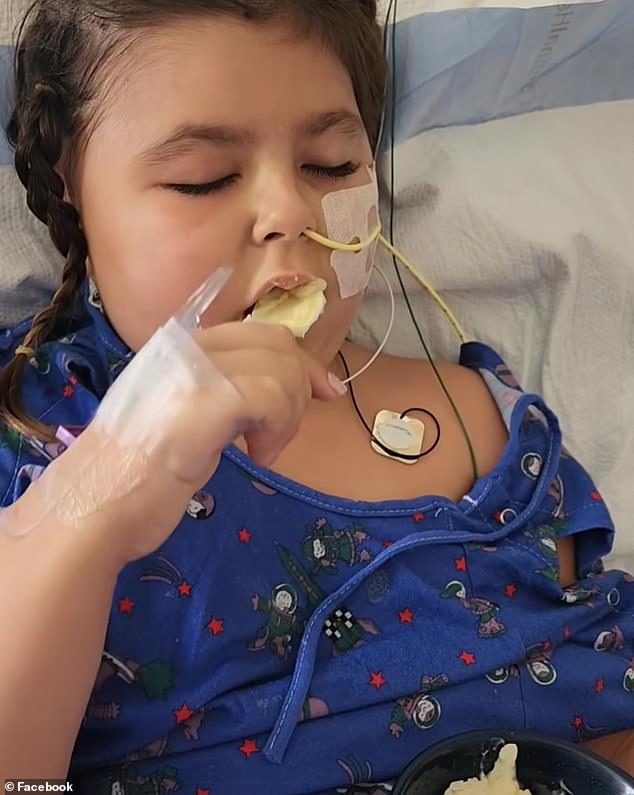
Brianna was feeding herself just days after the surgery where half of her brain was disconnected
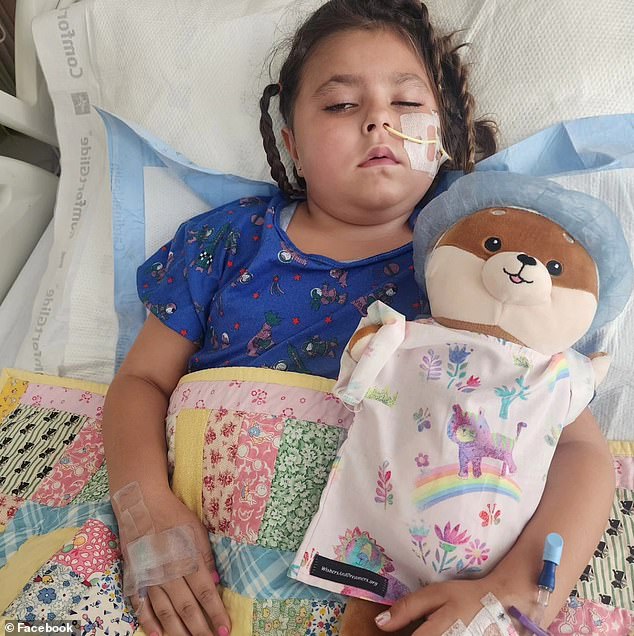
Doctors expect some side effects, including the potential loss of some peripheral vision and some fine motor skills on her left hand. Pictured: Brianna five days after her procedure
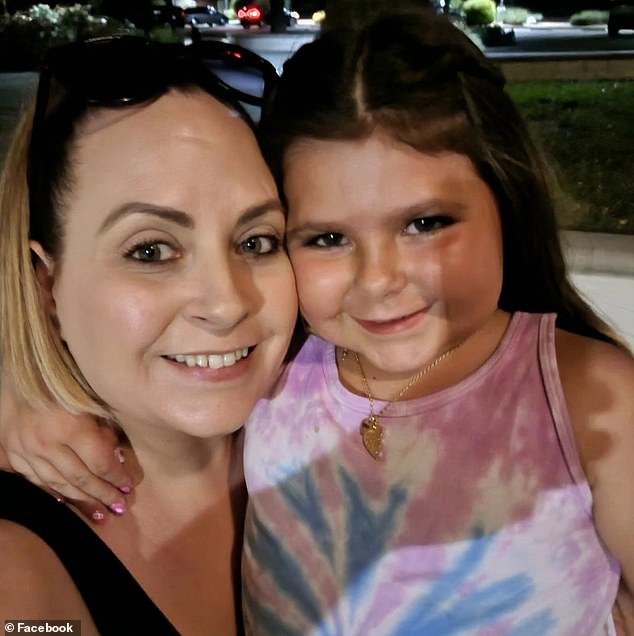
Brianna with her mother, Crystal Bodley, in a photo posted on Facebook
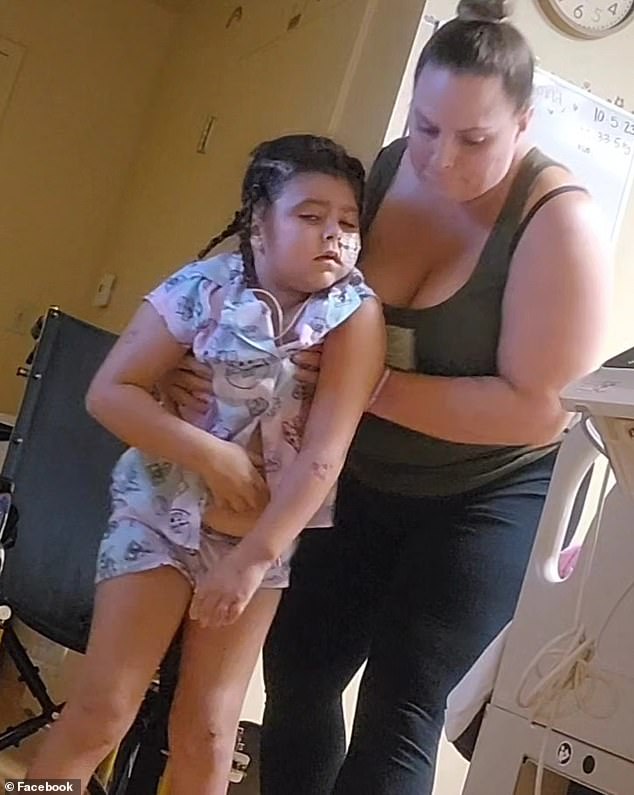
In photos and videos posted on Crystal’s Facebook, Brianna can be seen eating mashed potatoes from her hospital bed and walking with the help of her mother

The scar from Brianna’s hemispherectomy in September
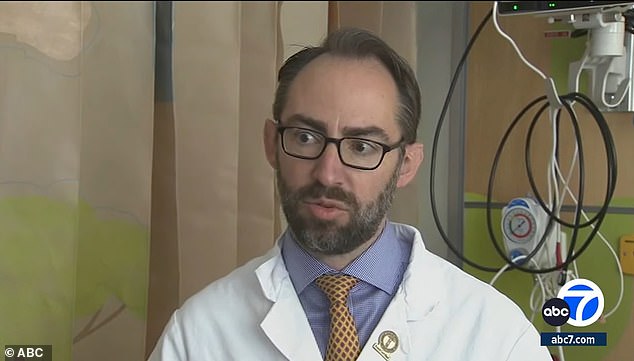
“Brianna will still be the same person even after disconnecting half of her brain,” Robison said, explaining how the inflammation previously caused brain shrinkage
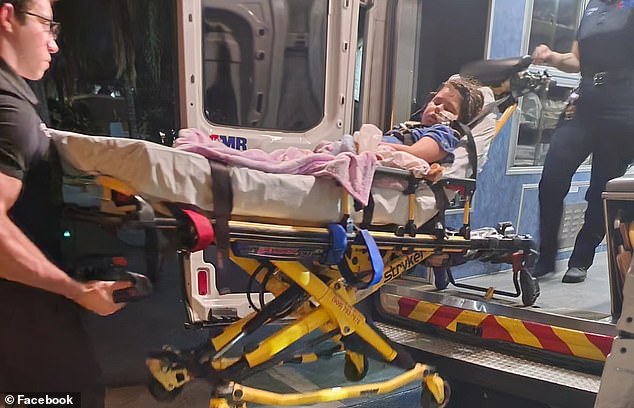
Brianna was transferred home to begin rehabilitation just a week after the surgery took place
Brianna’s family says they are excited to see their little girl experience childhood again after a year of medical problems.
“I just want to see her little Brianna running around and doing her art and having the fun she always had,” said her grandmother, Chris Breheim.
Before the operation, the girl would experience problems with her motor functions which left her at the mercy of her rare disease.
“Her leg would bend all the time, she would have trouble walking,” Crystal said.
Brianna began treatment with medication in January, but the disease continued to progress, leaving doctors with no other viable options.
“She would talk to me sometimes and say she was scared, but I told her, ‘I know it’s scary, but you’ll be okay,'” said Brianna’s sister, Torie Bodley.
The initial medication Brianna took caused the little girl to gain weight and grow out of her clothes, which prompted one business to step in with an act of kindness.
Helpful Honda came to the family’s San Bernardino home and gave Brianna a whole new wardrobe, complete with dresses, skirts and pajamas.
The community rallied around the young girl and her family in their time of need, but the expenses continued to pile up.
Crystal starts a GoFundMe to help cover the cost of medical expenses, raising only $4,800 of its $20,000 goal as of October.
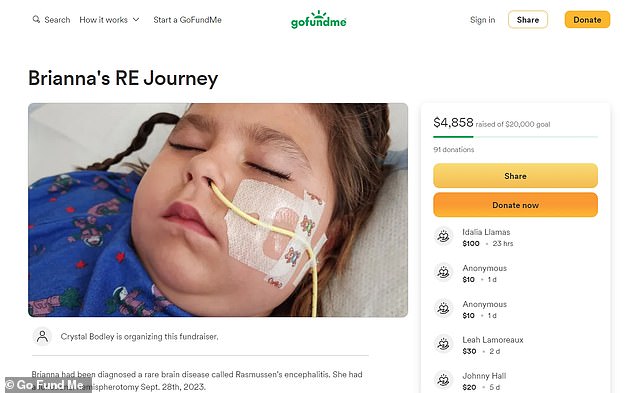
Crystal started a GoFundMe to help cover the cost of medical expenses, which has raised only $4,800 of its $20,000 goal as of October.
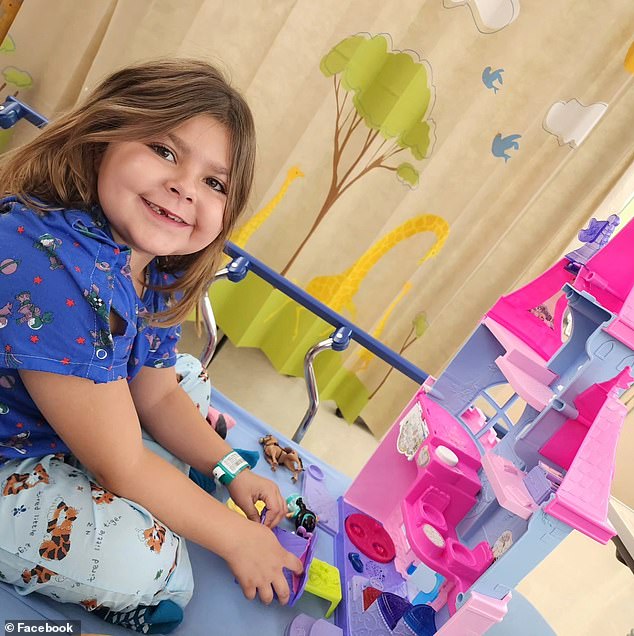
Before her Rasmussen’s Encephalitis diagnosis, Brianna loved to sing and dance
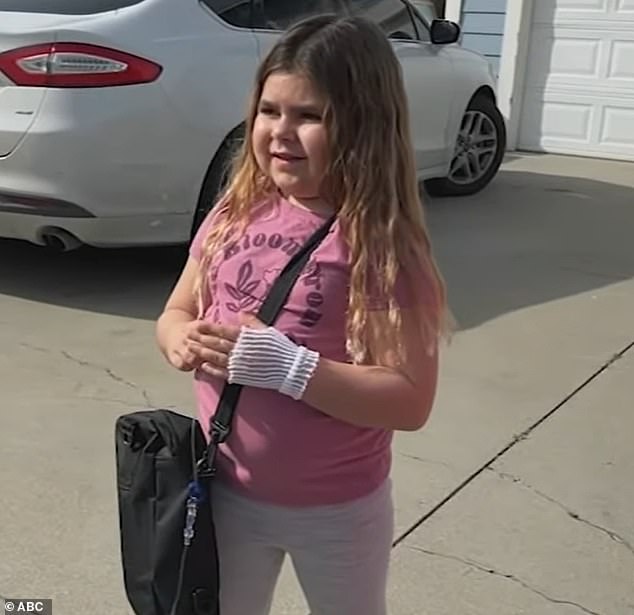
Brianna got a new wardrobe due to her medication causing her to gain weight
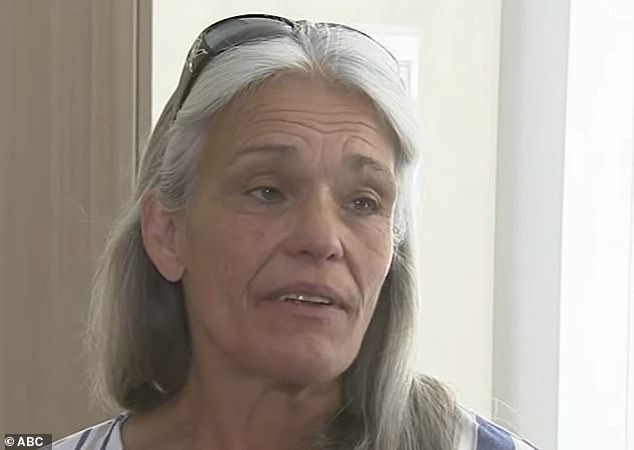
“I just want to see her little Brianna run around and do her art and have the fun she always had,” said grandmother Chris Breheim
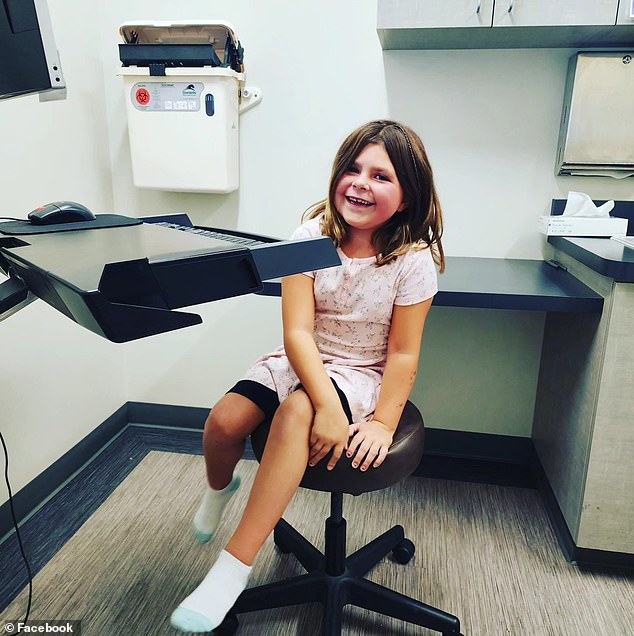
Doctors expect Brianna to live an almost completely normal life
The road ahead is still long for Brianna and her family, but there is now a light at the end of the tunnel for the girl to return to a normal childhood.
“So proud of her,” Crystal wrote in one Facebook post.
According to the Cleveland Clinic66 percent of children who undergo a hemispherectomy become completely seizure-free after the procedure.
Another 15 to 20 percent of patients see a “significant reduction.”
